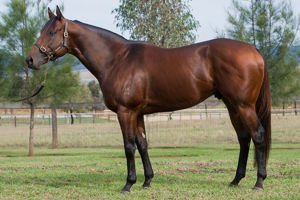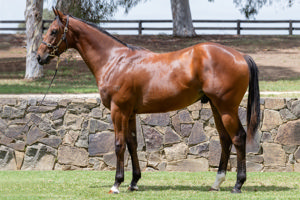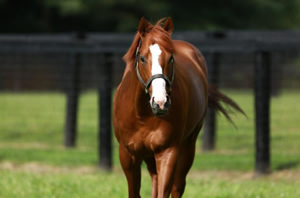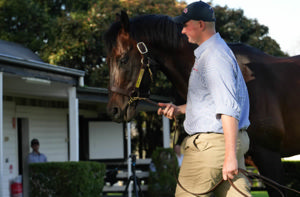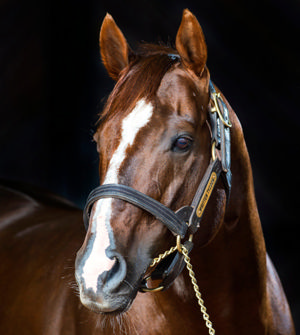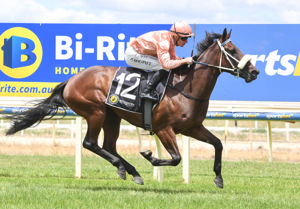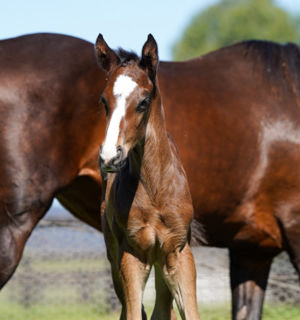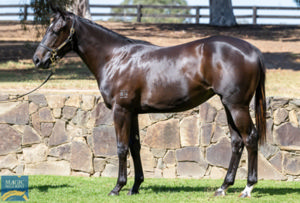Due to asset protection and possible tax savings, a Self-Managed Super Fund (SMSF) is generally an attractive tax structure to hold eligible assets.
At Carrazzo Consulting we often consult clients on the general "ins and outs" of this strategy, but more specifically consult primary producers, such as horse breeders, who wish to transfer their farmland into their SMSF.
Yes, this is a complex area unfortunately, but let me share with you, as simply as possible, the major issues to consider if you're contemplating this strategy.
In addition to the issues I'll discuss below, it is important to also consider the ongoing taxation treatment of the strategy once it's in place, being:
·Any rental payments made by the primary producer to the SMSF will be tax deductible to their business (assuming the payments represent an arm's length amount);
·The SMSF will generally only pay tax on the rental income at 15% after considering any tax deductions (or nil tax to the extent the farmland is being held to support a pension and is 'segregated' in the fund for this purpose); and
·The SMSF will only pay capital gains tax (CGT) on sale of the farmland at an effective tax rate of 10% where it is held for at least 12 months (or possibly nil tax to the extent it is being held to support a pension and is 'segregated' in the fund for this purpose).
Mechanisms for transferring farmland into an SMSF
An individual may consider the following options for transferring farmland into an SMSF:
·Where the individual already has a total superannuation balance (TSB) equal to or in excess of the new $1.6 million eligibility threshold, then it is not possible for the fund member to make an 'in-specie' contribution (i.e. a contribution that is in the form of an asset transfer, not cash) of Business Real Property (BRP) (see below) into their SMSF in any income year (no matter the value of the BRP/farmland in question). In these circumstances, the fund member may consider selling the farmland to the SMSF at market value.
In this case, the individual could consider contributing some or all of the cash proceeds received from the SMSF, back into the SMSF under what is called the 'CGT cap' (i.e. available where the member has applied either the small business 'retirement exemption' or the '15-year exemption' to this farmland sale to the SMSF, these being special concessions for small business under the CGT rules). This can be done even if the individual has a TSB equal to or in excess of $1.6 million dollars (i.e. because the fund members TSB is not relevant in terms of accessing the CGT cap). For the 2018 income year, the lifetime CGT cap is $1,445,000 .
·Where the individual is not at risk of exceeding the $1.6 million balance threshold, they may consider:
omaking an 'in-specie' contribution of the farmland utilising the non-deductible contribution cap and/or the CGT cap; or
oselling the farmland to the SMSF at market value (rather than an 'in-specie' contributing it to the fund).
If a company or trust own the farmland?
Our examples above relate to an individual owning the farmland, but where an entity (such as a company or trust) owns the farmland, an 'in-specie' transfer of the farmland to an SMSF by such entities would generally count towards the fund members deductible contributions cap. The size of this cap is paltry (just $25,000 from 1 July 2017), thus it would rarely be tax effective to adopt this strategy of an 'in-specie' contribution of farmland to an SMSF.
Issues to consider before undertaking either strategy
Prior to undertaking either strategy, there are a number of issues to consider, that are relevant to either strategy, that I note below.
1. Is the farmland business real property (BRP)?
Subject to limited exceptions, SMSF rules prohibits SMSFs from intentionally acquiring assets (including by way of an 'in-specie contribution'), from related parties. However, an exception exists where the asset acquired is business real property ('BRP') that is acquired at market value . This means that unless the farmland constitutes BRP, the landowner is unable to transfer it into their SMSF.
The main requirement for the property to be considered BRP is that it is used 'wholly and exclusively in one or more businesses' (regardless of whether the business is carried on by the landowner or a related party of the fund). Note, the ATO has acknowledged in that real property is capable of satisfying the definition of BRP even though it may not be strictly applied 'wholly and exclusively' in carrying on a business, provided it is used to an appreciable degree or extent in carrying on one or more businesses.
Farmland with a residential dwelling can also be 'business real property'
Many primary producers live on their farmland, so does this exclude the property from being transferred to an SMSF on the basis that it is not BRP?
Good news – SMSF rules contains a special rule that ensures the 'business use test' can be met even where a part of the land on which a primary production business is carried on contains a residential dwelling . That is, the 'wholly and exclusively' threshold, will still be satisfied where:
• the area containing the dwelling and used primarily for domestic or private
purposes does not exceed two hectares ; and
• the domestic or private use is not the predominant use of the property.
Do water rights constitute BRP?
Unfortunately, an SMSF that acquires farmland and a water right from a related party will generally be in breach of the related party acquisition rule in the SMSF Act in relation to the water right (refer above). This is because the definition of BRP does not extend to a water right as it does not constitute an eligible interest in real property.
2. Selling the farmland to an SMSF
Where the farmland constitutes BRP, a fund member may consider selling the property to the SMSF at market value or contemplate a part-sale/part-contribution.
In this case, the disposal of the farmland may trigger a capital gain in the hands of the landowner but, if the CGT Small Business Concessions are available, the capital gain may be reduced. As noted above, where eligible, the landowner is able to reduce the capital gain under the 'retirement exemption' or the '15-year exemption'.
Note, where the SMSF intends to borrow (under a Limited Recourse Borrowing Arrangement) to fund the acquisition, the cost of the interest expenses (reduced for any 15% tax benefit), should be factored into the analysis.
3. In-specie contribution of farmland to an SMSF
An individual landowner may consider making an 'in-specie' contribution of farmland under the non-deductible contributions cap and/or the CGT cap (to the extent these caps are available).
That is, where eligible, the individual can potentially combine their caps to contribute up to $1,745,000 (calculated as, $300,000 under the three-year non-deductible contributions cap plus the $1,445,000 CGT cap).
Essentially this will only be the case where the individual is under 65 years of age and the capital gain is exempt under the 15-year exemption (where the CGT cap is fully available).
The CGT implications for a landowner contributing property to an SMSF will be the same as if the property were sold for full market value proceeds.
Where the landowner makes a capital gain in respect of the in-specie contribution of the farmland to their SMSF, and the property qualifies as an 'active asset', the landowner's capital gain could be reduced, potentially to 'nil', under the CGT Small Business Concessions where the eligibility requirements are satisfied.
Stamp duty to consider
In addition to potential CGT issues (refer above), consideration must also be given to the transfer costs (e.g., stamp duty and GST). In relation to stamp duty, note that the duty can vary between States and Territories, and may also differ where the farmland is sold to the SMSF as opposed to making an in-specie contribution of the farmland.
If you would like us to expand upon or clarify any issue mentioned in this release, please do not hesitate to contact our office.
PAUL CARRAZZO CA
CARRAZZO CONSULTING CPAs
801 Glenferrie Road, Hawthorn, VIC, 3122
TEL: 61 (03) 9982 1000 or 1300 Right Track
FAX: 61 (03) 9329 8355
MOB: 0417 549 347
E-mail: paul.carrazzo@carrazzo.com.au
Web Site: www.carrazzo.com.au

